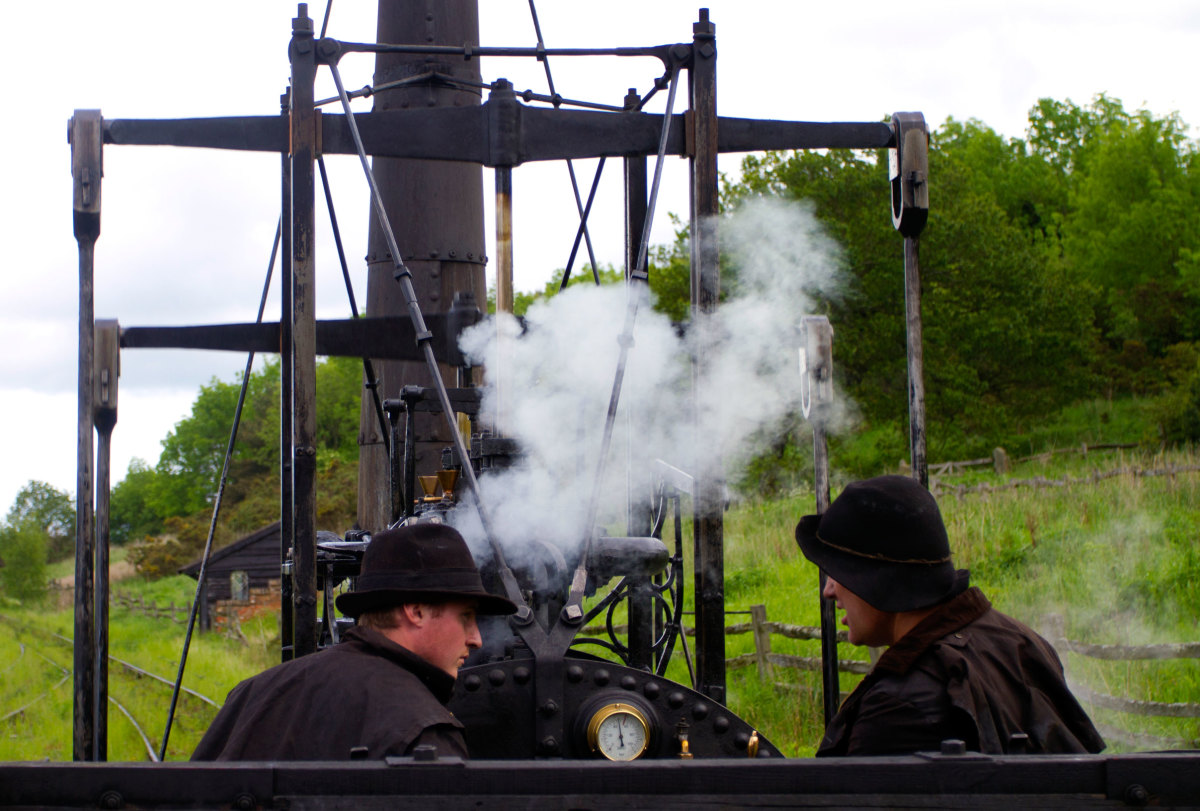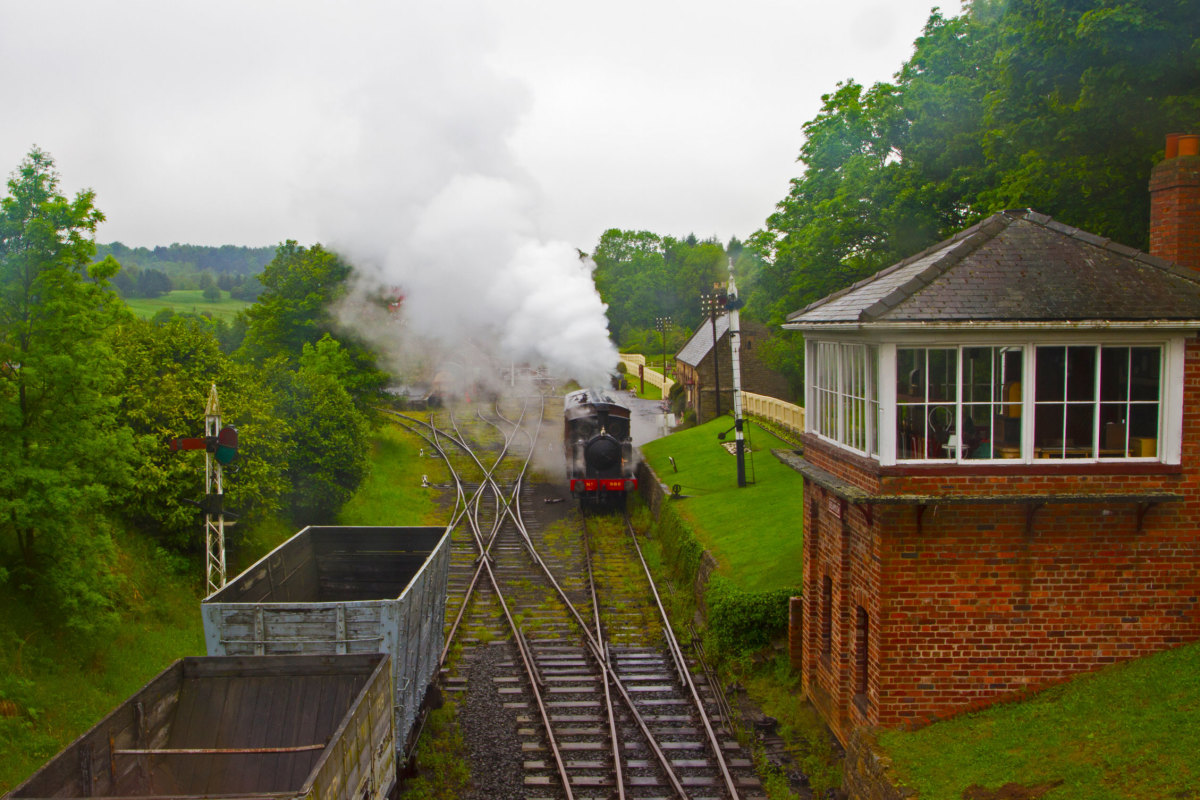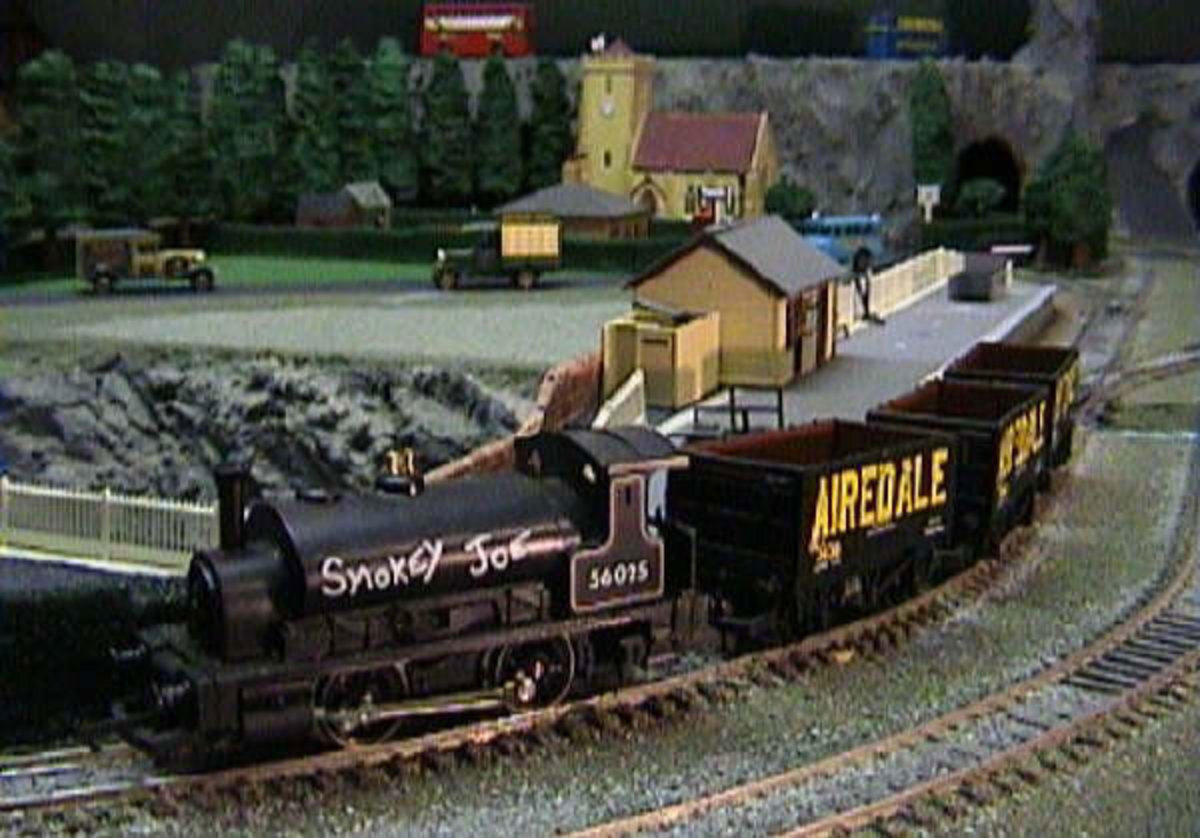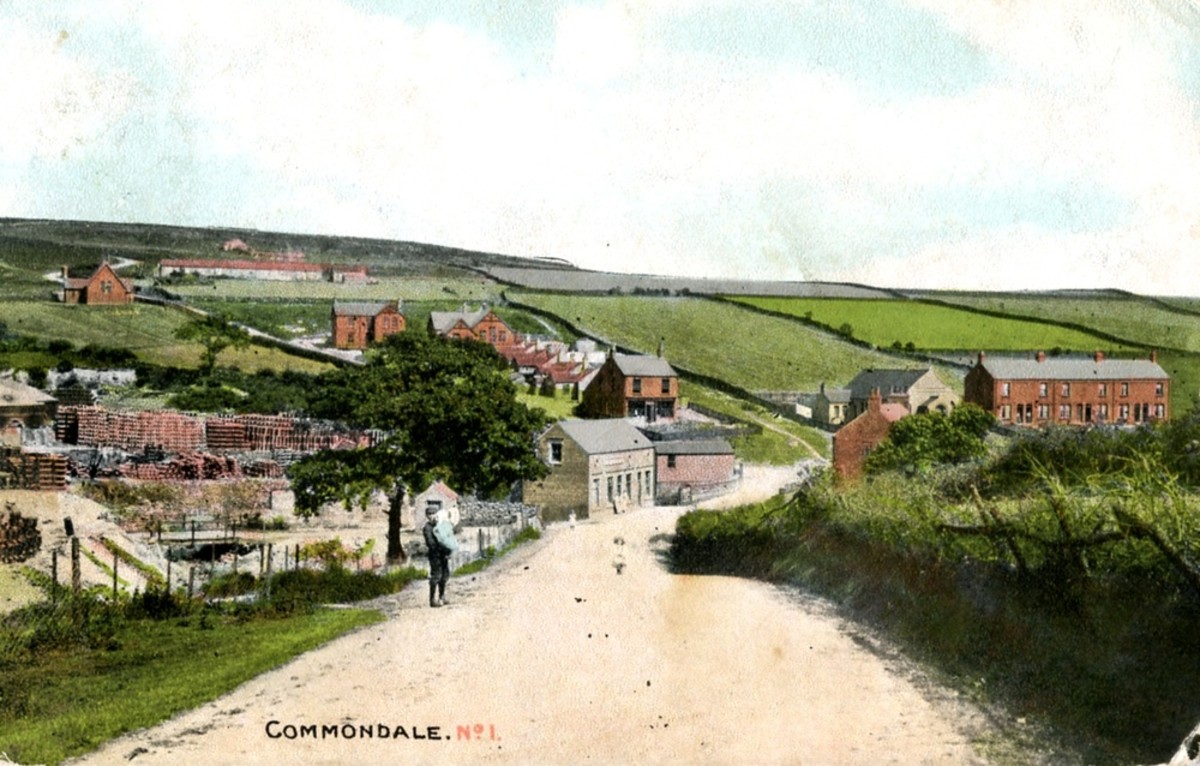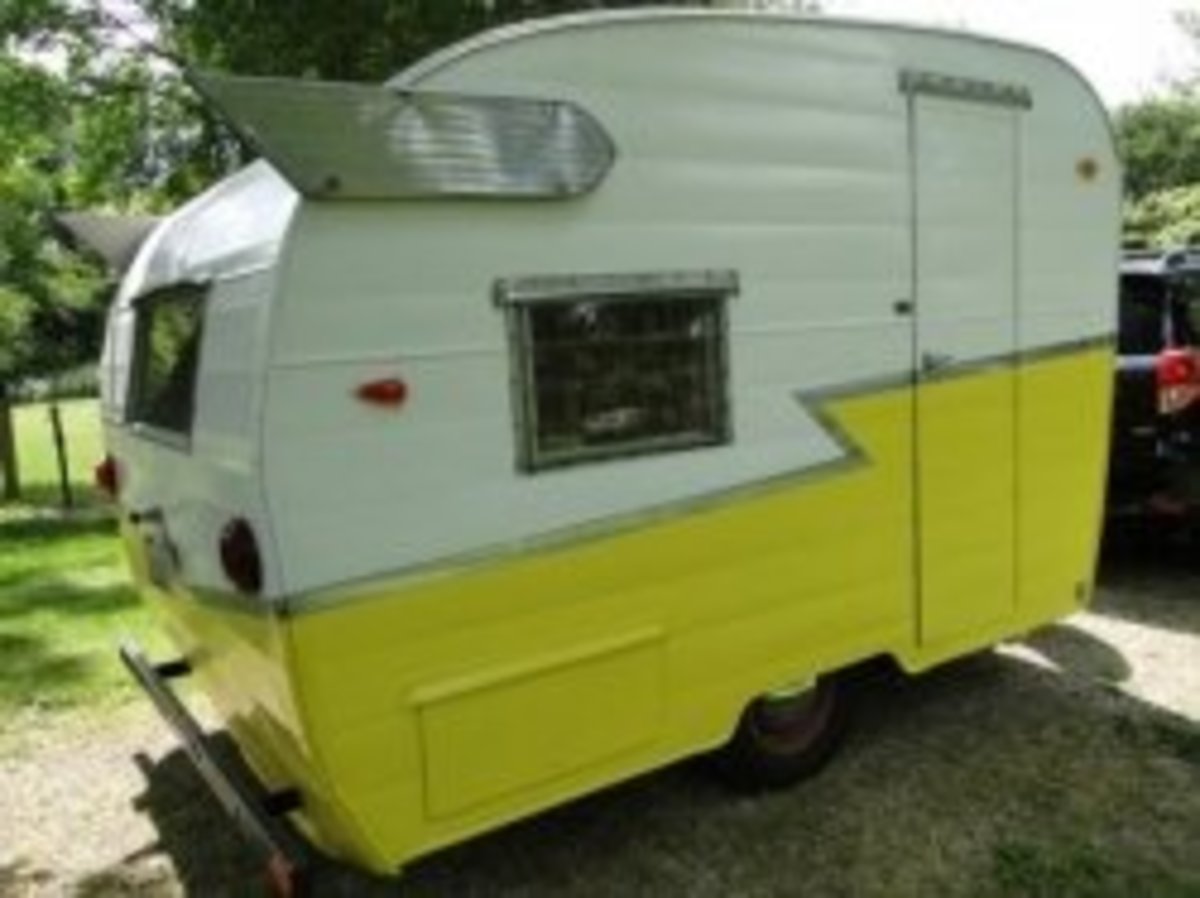How do trains work
George Stephenson
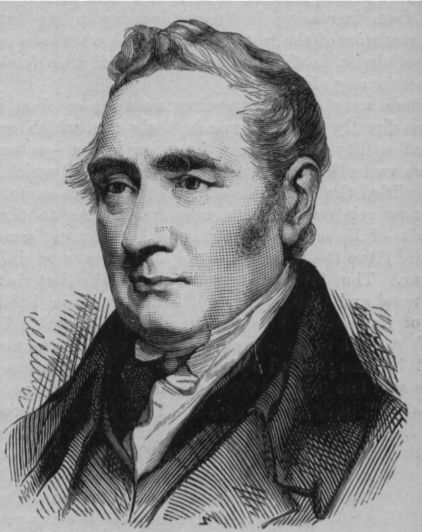
George Stephenson, British Civil Engineer
George Stephenson (Born: June 9th, 1781 - Died August 12th, 1848) was a British Civil Engineer whose inventions were often challenged or actual improvements on other's work. For example, although he is credited with inventing the Miner's Safety Lamp. That invention was challenged by another inventor by the name of Sir Humphrey Davy. The same can be said about the steam-powered locomotive. Although Richard Trevithick is credited with actually inventing the steam powered engine, it was George that improved upon the invention by increasing its power and making the steam engine much more practical for hauling coal and was called the, "Blucher", in 1814.
In 1820, George Stephenson built the first railway running from Hetton Colliery to Sunderland.
In 1825, the Stockton - Darlington Railway opened with much great fanfare. The twenty-five mile stretch of railway was an important development in steam only railways and at top speed, 24 miles per hour, the train was able to haul coal and flour along with an additional passenger car; the first of its kind.
The Rocket
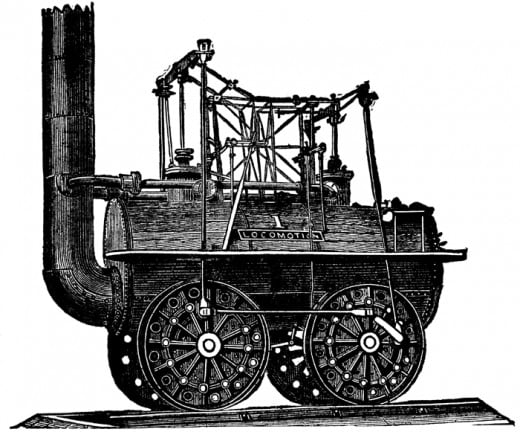
The Rocket's History
While looking for a way to run cloth produced in Manchester to the port in Liverpool, word of Stephenson's work attracted investors wanting a Steam Engine Railway built between the two cities and George was quickly picked to oversee the project.
At first, Parliament was reluctant to allow for the railway to be built but after being pressured by business owners in both cities, they agreed to let the work begin on the Liverpool and Manchester Railway.
In 1829, the L&MR had a competition for the best Train Engine Design, which George won but introducing what was called, "The Rocket"; a steam-powered engine capable of achieving 30 miles per hour.
Steam Engine circa late 1800's
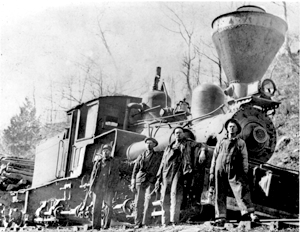
Steam Engine Technology
Like any invention, the hardest part is never the idea... it is having the materials to make the idea a reality. For George Stephenson, he had a basic working model to go by but undoubtedly, he had to literally make the parts himself for what he needed.
Having done so, he found a way to increase the pressure of the heated steam on the piston to produce more torque. No doubt, this would require much better seals, a piston that flowed more smoothly with the least amount of resistance possible and a release valve for used steam that had already begun to cool.
Basically, coal was used to bring water to a boiling point to produce the steam which was funneled into the piston chamber. When the piston moved to the depth of it's track, another valve closed off where the heated steam comes into the piston chamber while opening the release valve allowing the used steam to escape. The piston was literally linked to the drive shaft, much the same way as any combustion engine and the rotation would simple push the piston back to the reset position while opening the new steam for the next round of motion.
Initially, the first steam powered engines were a single piston engine but over time, additional pistons were introduced into the engine for greater power which in turn, allowed for greater hauling capacity.
Union Central Pacific Railroad
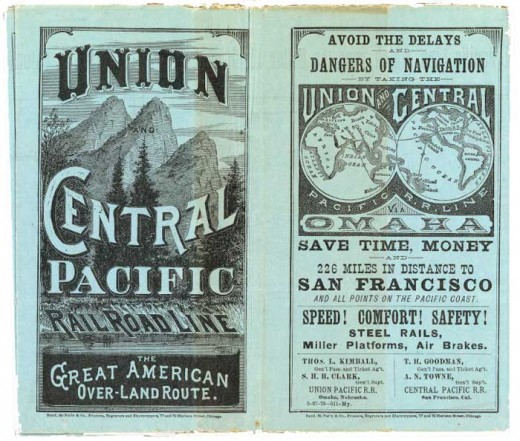
Trains of the late 1800s
Trains used to run on steam-powered engines fueled by burning coal. The heat from burning the coal would boil the water creating pressure that drove the motor for the engine car. The steam whistle, was a actually a release valve that allowed the engineer to release pressure quickly if steam built up to fast thereby controlling the speed of the train. More, modern trains run off of diesel fuel. In addition, the newest trains are powered by electricity.
The purpose of trains has not changed in the past 150 years. They have always been used to ship supplies from one area to the next as well as serving for transportation purposes. Fact is, long before there were tractor-trailers, the only way to move supplies, from one town to the next was by train.
Great Smoky Mountain Railroad
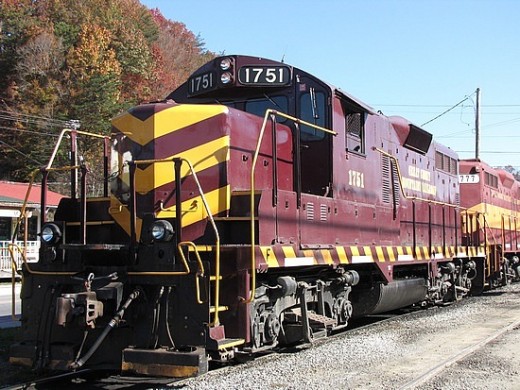
Trains by sections
Travelers could ride in the passenger cars, which were generally, kept closer to the engine at the front of the train while boxcars carrying supplies were kept near the rear. Passenger seating usually consisted of bench-type seating with overhead storage for smaller bags.
At the end of the train was the caboose. The caboose actually served two purposes. The main one was to warn other trains on the same rail that they were there by keeping a light constantly burning at night. The second job of the caboose was to act like a watch guard against train robbers.
GSMR in the Fall
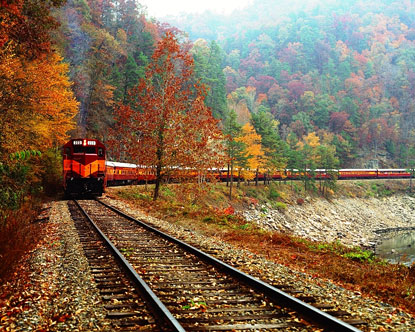
Trains for guided tours
Today, many passenger trains are used for commercial purposes such as guided train tours. Great Smoky Mountain Railroad hosts hundreds of thousand tourists per year from all around the world. Although the rail line is used for hauling freight,to this day, GSMR focuses primarily on train tours of the Smoky Mountains.
One of the best aspects of taking a train ride is that trains travel where there are no roads which allows riders to enjoy seeing untouched countryside where cars and other forms of transportation simply cannot get to.
Dinner trains are considerably a very romantic option unless your dinner companion is more obsessed with the train versus the ambiance. Still, riding a dinner train around a beautiful lake during a full moon or sunset is simply breath taking.
Another great time to take a train ride is during Christmas. Passing through small towns that are adorned with Christmas lights with a little snow on the ground is beyond beautiful.
Thomas the Train
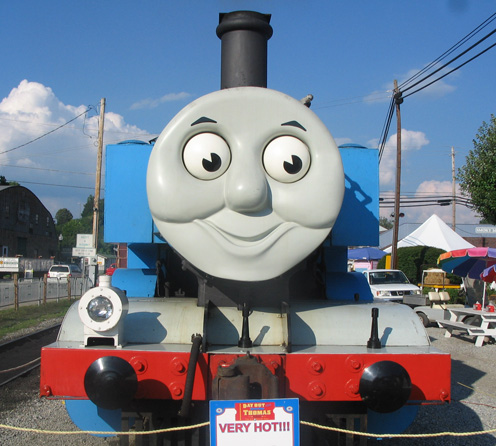
Trains for children
Another service that has become popular is attracting children for special train rides. Great Smoky Mountain Railroads, of Bryson City, NC offers Thomas the train rides, The Polar Express and other special events.
Children's fascination with trains is a long running one. Fact is, many of the railway owners of today started out with that child-like love for trains. The founder of the, Great Smoky Mountain Railway started off by selling cigarettes to the train workers as they laid rail way back when. In time, he began working for them doing odd jobs as they laid rail. Overtime, he would rise up to to start his own railroad company.
Toy trains were first invented in 1901 by Joshua Lionel Cowen. Not only did Mister Cowen invent the first electric train as a display piece to a store in Manhattan that ended up becoming a must-have item back then, he had already invented the flash for cameras by that point. Still, Lionel trains are made and sold to this day and loved by generations around the world.
The world's fastest train
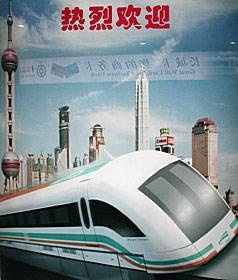
The world's fastest train
Shanghai's train, the Maglev is the world's fastest train. This train moves at an average of 430 kilometers per hour or over 236 miles per hour. The train uses a powerful magnetic system to lift the train about 10 millimeters above the specially designed track called a guide-way. The train, itself, was actually designed by German engineers as was the track. The whole system makes the Maglev 60% faster than bullet trains because of the reduction in friction.
Some believe that in the same way the steam-powered locomotive brought about the first automobiles in the late 1800's, this new technology will eventually be used for cars in today's modern world.
To this day, trains are an invaluable way of moving supplies to and from ports and manufacturers all around the world. Although an eighteen - wheeler can haul smaller shipments, trains are still very necessary for handling really heavy bulk items that would crush a trailer on a rig or keep an airplane grounded.

